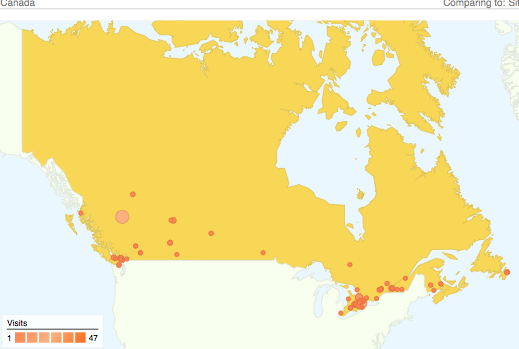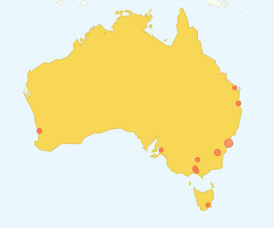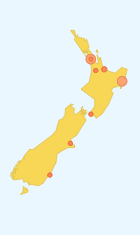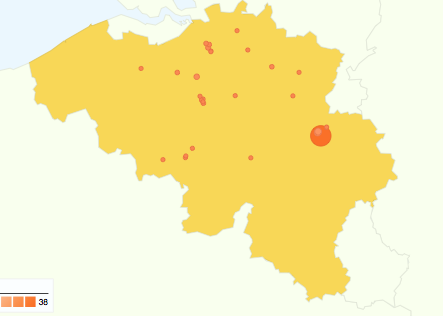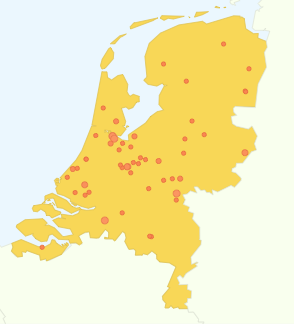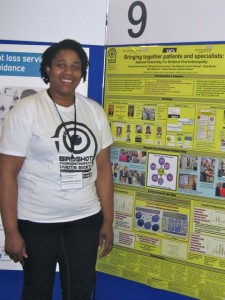We are very excited to announce that BUS is growing and developing.
Until August 2011, BUS was part of the Uveitis Information Group (UIG), a charity working for people with all forms of uveitis. However, this arrangement became difficult to maintain because of rapid changes in the NHS (particularly in Scotland where uveitis services have developed at a faster pace), and changes in the charity sector.
UIG AND THE NEW SUN
Because of this, UIG will focus on Scotland and will evolve into becoming the Scottish Uveitis Network (SUN) – an organisation made up of NHS staff and patients. Phil Hibbert will be leading these developments in relation to patient support in Scotland and SUN will work with all forms of uveitis.
BUS DEVELOPMENTS
These developments give BUS the opportunity to re-focus and establish itself as a charity in its own right. There are a number of steps we will need to take but we have already fulfilled the first one of becoming a limited company and Birdshot charity. The formal registration should be complete by the end of the year.
BUS will work with all Birdshot across the UK, and expand its international links and expertise. It will continue to work in partnership with sister Birdshot organisations in France and the US.
We have been so very lucky to get help from two people who are involved with Birdshot and one person who is involved with PIC (Punctate Inner Choroidopathy – another rare white dot syndrome).
 Peter Edney (far left), our treasurer, is a practising accountant, and is helping us become a registered company/charity. His wife, Janie, has Birdshot.
Peter Edney (far left), our treasurer, is a practising accountant, and is helping us become a registered company/charity. His wife, Janie, has Birdshot.
John Hall (left) has Birdshot and is a very successful business man. We are really lucky to benefit from his business knowledge and experience. He is helping us to plan for the future of BUS.
David Bethell is also part of the BUS team. As many of you may know David is our graphic artist and has been involved with BUS virtually from the start. He designed our fabulous logo and continues to come up with imaginative ideas for our posters and Birdshot Day leaflets. David also has Birdshot.

Dave Stead has PIC and runs a specialist PIC information and support website at: http://www.pic-world.net/. (PIC is a rare form of auto-immune posterior uveitis, which leads to punched out white spots at the back of the eye). Whilst still retaining its own identity, the PIC Society will be part of the new BUS charity. This will mean that in addition to providing specialist support for people with Birdshot, Dave will provide specialist information and support for people with PIC under the BUS umbrella.
Olivia’s Vision
In addition, a new charity for people with uveitis in England, Ireland and Wales has been set up by a mother of a child with uveitis. This new charity is called Olivia’s Vision and can be found at www.oliviasvision.org
NATIONAL ORGANISATIONS WORKING WITH UVEITIS
The three new organisations working with uveitis in the UK (BUS, Olivia’s Vision, SUN) will liaise to make sure that people are directed to the appropriate place for help.
THE FUTURE
At BUS, we have already been successful in raising the profile of Birdshot, attracting members with Birdshot and professionals working with Birdshot, and setting up a research network. The new BUS will give us greater strength to continue these activities. We also hope to develop a similar response for people with PIC.
We will keep you informed of any developments, but please be assured that for all of you who are members of BUS, whether you have Birdshot, are a family member or a professional working with Birdshot, the only changes you should notice is that we are better organised and have even more impact!








